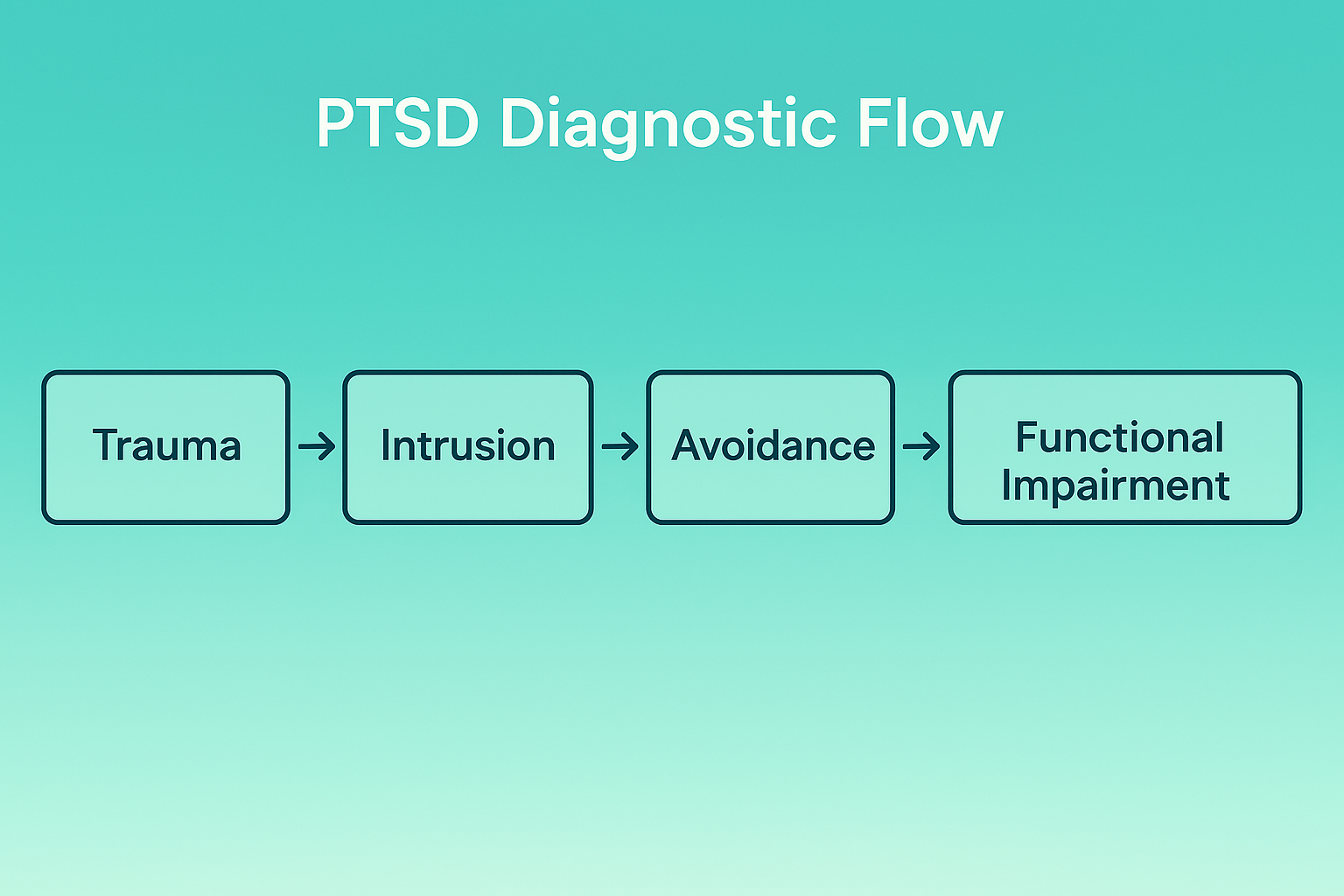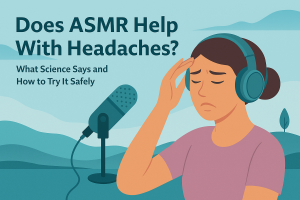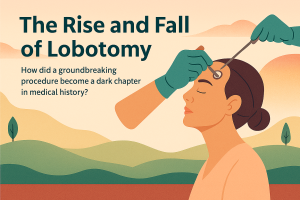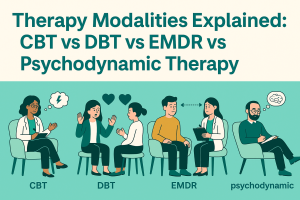ICD-10 | Behavioral Health Coding
ICD-10 Codes for PTSD (Post-Traumatic Stress Disorder)
Everything you need to code PTSD accurately: F43.10 (unspecified), F43.11 (acute), F43.12 (chronic) — plus DSM-5 comparison, billing notes, examples, and a visual diagnostic flow.

PTSD & ICD-10: what clinicians need to know
Post-traumatic stress disorder (PTSD) is grouped in ICD-10-CM under F43 — Reaction to severe stress, and adjustment disorders. PTSD itself uses the F43.1x family with three primary, billable subcodes:
- F43.10 — PTSD, unspecified
- F43.11 — PTSD, acute (symptoms < 3 months)
- F43.12 — PTSD, chronic (symptoms ≥ 3 months)
ICD-10 differentiates PTSD from related conditions such as F43.0 acute stress reaction (short-lived, immediate response) and F43.2 adjustment disorders (maladaptive response to stressors that do not meet PTSD criteria). Accurate coding supports medical necessity, reduces denials, and improves outcome tracking.
Authoritative references: WHO ICD-10 browser • NIMH: PTSD • APA DSM-5
PTSD diagnostic flow (at a glance)
This visual summarizes a typical pathway clinicians see as trauma reactions consolidate into PTSD. Use it to orient your intake and follow-up documentation.
ICD-10 codes for PTSD (F43.1x)
F43.10 — PTSD, unspecified
Use when PTSD criteria are met but acuity (acute vs chronic) is not yet determined or insufficiently documented. Helpful during initial evaluation; update once duration is clear.
F43.11 — PTSD, acute
Use when symptoms persist for less than 3 months after the traumatic exposure. Document onset, DSM-5 symptom clusters, and functional impairment (work, school, social).
F43.12 — PTSD, chronic
Use when symptoms persist for 3 months or longer. Common for ongoing psychotherapy or med-management episodes. Pair with outcomes (PCL-5, sleep/avoidance metrics).
Related codes you might consider
- F43.0 — Acute stress reaction (short-term, immediate response)
- F43.2x — Adjustment disorders (stressor-linked, sub-PTSD)
Reference: WHO ICD-10: F43.1
ICD-10 vs DSM-5: how PTSD coding differs
ICD-10-CM is the billing standard; DSM-5 provides richer diagnostic criteria. Both require trauma exposure and symptom persistence beyond one month, with distress/functional impairment.
| Category | ICD-10-CM | DSM-5 |
|---|---|---|
| Code | F43.1x (10/11/12) | 309.81 (map to F43.1x for billing) |
| Structure | Family by acuity (unspecified/acute/chronic) | Four clusters (B–E): intrusion, avoidance, negative mood/cognition, arousal |
| Duration | > 1 month after trauma | > 1 month + clinically significant distress/impairment |
| Use case | Payer/billing, epidemiology | Assessment, treatment formulation |
See APA DSM-5 and NIMH: PTSD.
Documentation examples you can adapt
Therapy progress note (excerpt)
Dx: F43.12 (PTSD, chronic) | PCL-5: 46 S/O: Client reports intrusive memories (daily), nightmares (3x/week), and avoidance of driving routes near crash site. Affect tearful; hypervigilance in office hallway. A: PTSD chronic; impact on work attendance and driving. No SI/HI today. Good insight; engaged in skills practice. P: Continue TF-CBT weekly; add written exposure hierarchy; track sleep via diary; ROI on file for PCP. Next review in 30 days.
Medication management note (excerpt)
Dx: F43.11 (PTSD, acute) | PCL-5: 34 S/O: Nightmares, startle response, irritability following assault 6 weeks ago. Tolerating sertraline 50 mg with mild GI upset. A: Acute PTSD; partial response. No current safety concerns. P: Titrate sertraline to 75 mg; reinforce CBT-I for sleep; follow-up 4 weeks; consider prazosin if nightmares persist.
For note structure, see our guides on SOAP notes, DAP notes, and progress notes.
Practical coding tips (reduce denials)
- Document duration clearly. If < 3 months, consider F43.11; if ≥ 3 months, F43.12. Update F43.10 once duration is known.
- Anchor to DSM-5 clusters. Note at least one intrusion, one avoidance, and mood/cognition + arousal symptoms with functional impact.
- Track outcomes. PCL-5, insomnia severity, avoidance frequency; add baseline and trend to support medical necessity.
- Pair ICD with the right CPT. Intake/med evals may use 99203/99204; psychotherapy 90832/90834/90837; add-on crisis codes when applicable.
- Clarify differentials. If symptoms are sub-threshold or stressor-linked, consider F43.2 adjustment disorder; for immediate, transient reactions, see F43.0.
Planning care? See treatment plans and discharge summaries.




